August 21st, 2018 by
Trying to sleep when there’s a chill in the air is never fun, and with heating costs rising year after year, it’s becoming a regular occurrence for many families. This is a problem, as being too cold while you’re sleeping isn’t just uncomfortable, it comes with some serious health risks. We’ve researched some of the most common ones below alongside some advice on how you can keep warm and prevent them.
Cold Urticaria
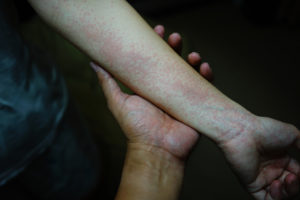 Many think that it’s only the elderly who are affected by the cold, but this is a myth. Cold urticaria is a condition that’s much more common in young adults, and which usually disappears with age. It causes the skin to react to cold temperatures, leading to areas of your body becoming puffy, red, and itchy. Sleeping in an ice-cold bedroom means your whole body is exposed to the cold, which can result in severe discomfort and, at worst, breathing difficulties.
Many think that it’s only the elderly who are affected by the cold, but this is a myth. Cold urticaria is a condition that’s much more common in young adults, and which usually disappears with age. It causes the skin to react to cold temperatures, leading to areas of your body becoming puffy, red, and itchy. Sleeping in an ice-cold bedroom means your whole body is exposed to the cold, which can result in severe discomfort and, at worst, breathing difficulties.
How to Prevent Cold Urticaria
You’ll need to heat your bedroom for most of the night. Using central heating is the obvious answer, but if that’s too expensive you can also get an electric panel heater to heat your room inexpensively through the night. If you get a panel heater with a timer (most new models have these and are much more eco-friendly) you can program it to turn off whenever you want through the night.
Muscle Pain and Cramps
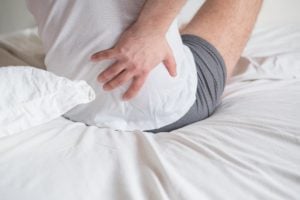 Sleeping in cold temperatures can cause your muscles to cramp quite severely, making getting up in the morning a painful experience. This is because the cold can cause the muscle to spasm through the night. It’s a particular problem for those suffering from arthritis or other joint conditions, but muscle cramps can affect anyone and can interrupt your daily routine.
Sleeping in cold temperatures can cause your muscles to cramp quite severely, making getting up in the morning a painful experience. This is because the cold can cause the muscle to spasm through the night. It’s a particular problem for those suffering from arthritis or other joint conditions, but muscle cramps can affect anyone and can interrupt your daily routine.
How to Prevent Muscle Cramps in Bed
A fitted electric blanket that fits over your mattress will help blood circulate around your body and prevent muscles from seizing up in the night. Most quality electric blankets don’t cost much to run so you can use them all night and all winter long if you like. If the cold makes you wake up with stiff muscles and joints, an electric blanket is a must-have.
Trench Foot
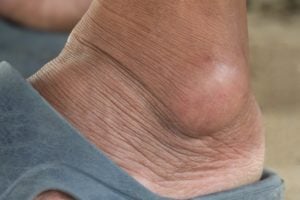 Trench foot is brought on by the cold and damp. If you’re sleeping in a cold room that’s either full of damp or has a leak, you’re at a risk of trench foot. If your feet are wet, they’ll lose heat very quickly. Your body responds to this by cutting off circulation to your feet, causing them to swell and become numb and tingly. In severe cases, trench foot can cause blisters on your feet which can get infected leading to more serious health problems.
Trench foot is brought on by the cold and damp. If you’re sleeping in a cold room that’s either full of damp or has a leak, you’re at a risk of trench foot. If your feet are wet, they’ll lose heat very quickly. Your body responds to this by cutting off circulation to your feet, causing them to swell and become numb and tingly. In severe cases, trench foot can cause blisters on your feet which can get infected leading to more serious health problems.
How to Prevent Trench Foot
Try and keep your room well-ventilated to prevent damp, as damp is a bigger factor than cold when it comes to trench foot. In fact, you can get trench foot in temperatures as high as 15°C. If the weather is really cold, water pipes can freeze and burst, so having your central heating on through the night when the temperature is sub-zero can prevent you from springing a leak.
Hypothermia
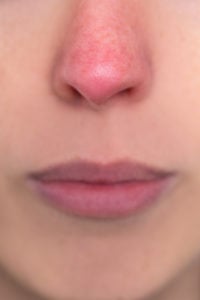 A well-known condition, hypothermia occurs when your body temperature drops to a dangerously low level. Our bodies are normally kept at 37°C but a drop of just two degrees in your core body temperature will cause hypothermia. People with thyroid conditions and diabetes are more at risk of hypothermia, as well as people who use drugs or alcohol. Hypothermia tends to affect babies, young children, and the elderly whose bodies don’t stay warm as effectively, although anyone can suffer from it if it’s cold enough.
A well-known condition, hypothermia occurs when your body temperature drops to a dangerously low level. Our bodies are normally kept at 37°C but a drop of just two degrees in your core body temperature will cause hypothermia. People with thyroid conditions and diabetes are more at risk of hypothermia, as well as people who use drugs or alcohol. Hypothermia tends to affect babies, young children, and the elderly whose bodies don’t stay warm as effectively, although anyone can suffer from it if it’s cold enough.
How to Prevent Hypothermia
Keep your body warm in bed using central heating or, as a more affordable alternative, an electric blanket. For young children and babies, use a panel heater with a mechanical thermostat (or a smart radiator that you can control remotely) to keep their rooms at around 18°C. This is important to note as you shouldn’t use electric blankets in babies’ cots.
Chilblains
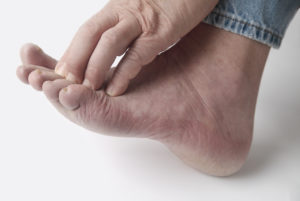 Chilblains are caused by blood vessels that get inflamed when exposed to cold. This can cause swelling and itchiness on your skin and, in severe cases, blisters. Chilblains most commonly appear on your extremities – your head, feet, and hands. Women are more likely to get chilblains than men, but anyone with poor circulation is at risk.
Chilblains are caused by blood vessels that get inflamed when exposed to cold. This can cause swelling and itchiness on your skin and, in severe cases, blisters. Chilblains most commonly appear on your extremities – your head, feet, and hands. Women are more likely to get chilblains than men, but anyone with poor circulation is at risk.
How to Prevent Chilblains
Try and cover up as much as possible by wearing long pyjamas and socks in bed. This will limit your exposure to cold and help to keep you at an even temperature. No one is sure exactly what causes chilblains, but some experts have theorised it’s to do with sudden drops in temperature followed by the body warming back up again too quickly. With that in mind, it may be wise to look at a Dreamland electric blanket. Dreamland’s patented Intelliheat system monitors the temperature while you sleep and automatically adjusts when that temperature changes, meaning that if there’s a sudden chill in the room you’ll still be kept at the same temperature. This may help reduce the risk of chilblains while also giving you a deeper and more restful night’s sleep.
Comments
Leave a reply
Your e-mail address will not be published. All fields are required


